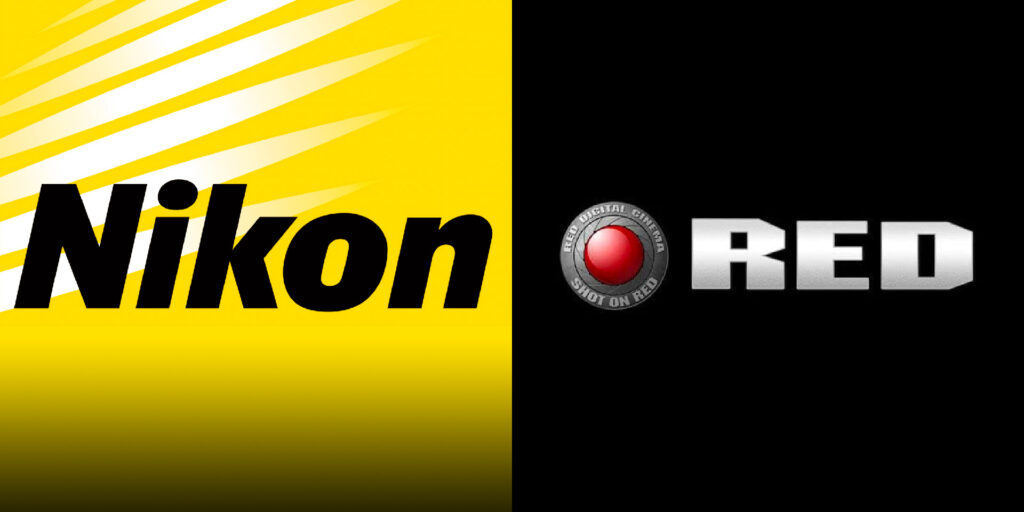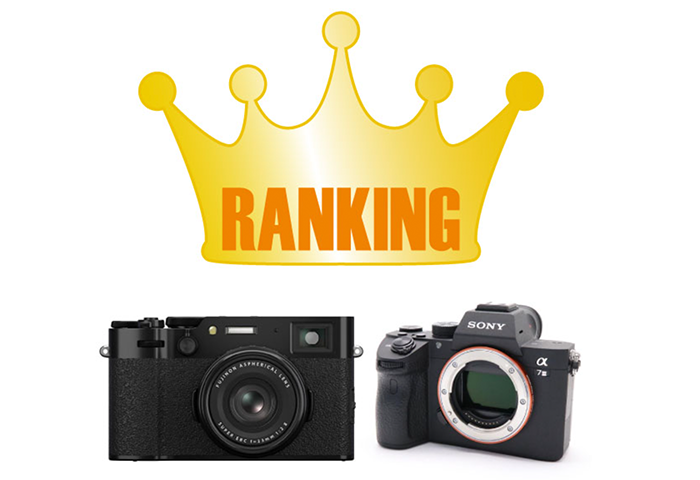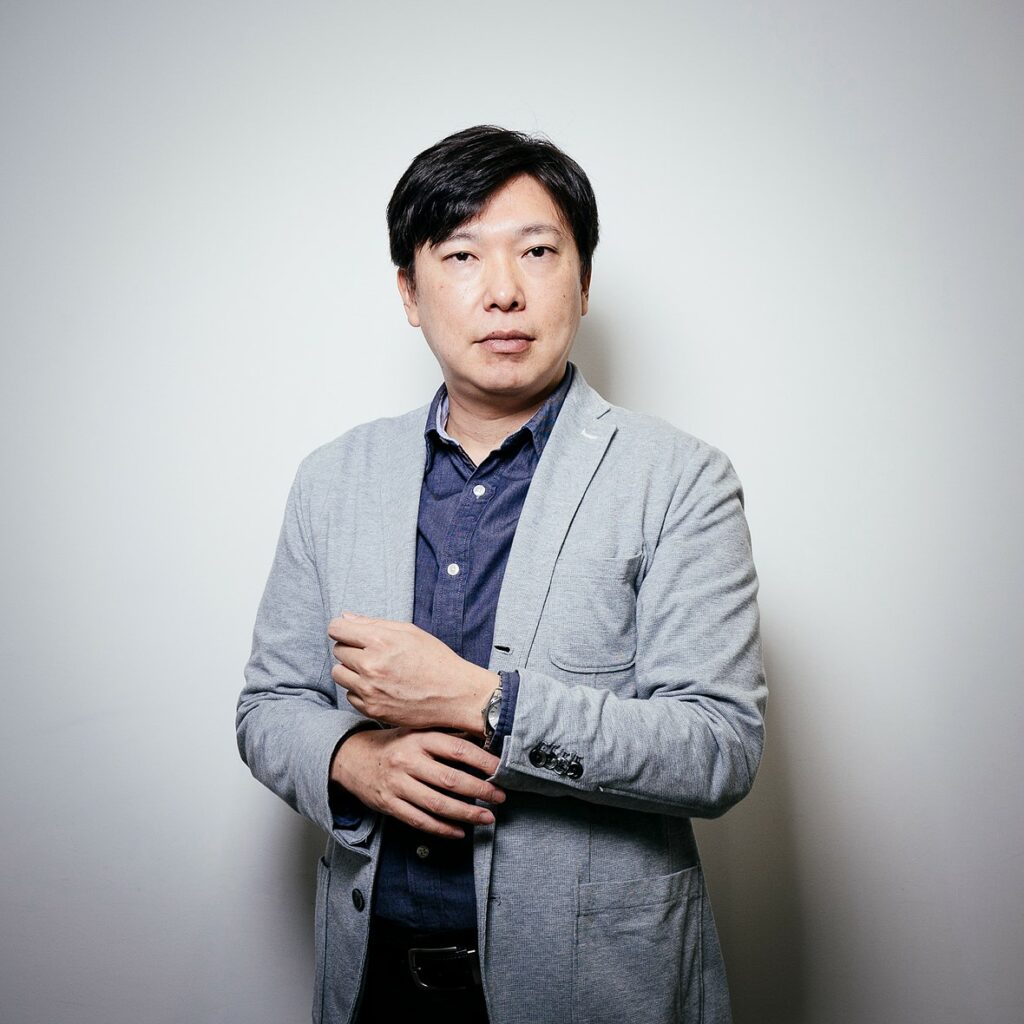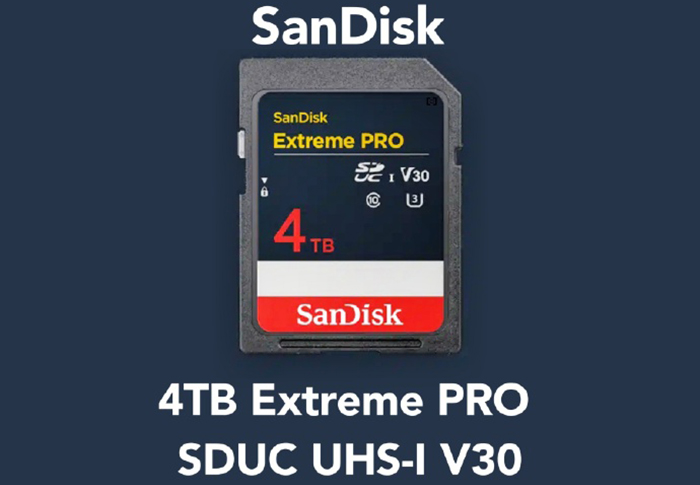Nikon candidly admitted they “considering acquiring RED due to the lawsuit filed against Nikon”

Hiroyuki Ikegami, Executive Vice President and General Manager of the Imaging Business Unit at Nikon told PetaPixel.:
“Due to the lawsuit, we had an opportunity to understand and learn more about RED itself and RED’s history, and we had the opportunity to speak with the founder, Jim. We also recognized that the professional digital cinema market is huge and covers many areas, and since the Z 8 and Z 9 launches we see a growing market in the creator area, ”
We all had the idea that this was the main reason for the acquisition…but it’s nice to get the official confirmation of this story.
Nikon also told Petapixel that they begun considering the development of Nikkor cine lenses. Moreover:
“We will maintain the RF mount. A Z-mount RED camera will not be available for a while. So you can buy the present lineup comfortably,”









